The first Jewish services in Iceland 1940-1943
28.3.2015 | 12:00
 In Iceland, in most recent years, it has practically become a sport to build temples of all kinds, after 1015 years of lonesome Christianity, which was introduced in Iceland in the year 1000 AD (sorry, CE), when the heathen gods of Valhalla were officially and peacefully conquered.
In Iceland, in most recent years, it has practically become a sport to build temples of all kinds, after 1015 years of lonesome Christianity, which was introduced in Iceland in the year 1000 AD (sorry, CE), when the heathen gods of Valhalla were officially and peacefully conquered.
Free plots are being handed out by the liberal atheists, who have represented the majority of the Icelandic capital Reykjavík´s city-council in the wake of the 2008 financial meltdown in Iceland. In Reykjavík everything seems to have
Harry Schwab of London and Bernhard Wallis of Sheffield posing on Yom Kippur in Reykjavík 1940 (Photo Sigurđur Guđmundsson; From the private collection of the author). The group photo at top is from the same day. (Photo Sigurđur Guđmundsson; From the collection of the National Museum of Iceland).
been reconsidered or readjusted, even religious values. As it seems, this religious awakening and tolerance statement doesn´t happen without conflicts. The fact that the few Icelandic Muslims plan to build a mosque on a plot given to them has caused great distress to some dark-minded Icelanders, who have pig heads and pig blood handy to desecrate the plot where the mosque is to rise. The followers of old the Nordic revived Ásatrú, worshippers of the so called Ćsir (Thor and Odin etc.) have also received a free plot to build their heathen temple in the super-tolerant capital of Iceland.
Only a synagogue is missing in this new haven of religious tolerance in Iceland - it seems. It will, of course, be built (one day), and on the very finest and most expensive plot which the city council of Reykjavik will donate to the Icelandic Jews. Anti-Semitism is already existent in Iceland, so pig-headed characters and trained splashers of blood will certainly find brothers in arms, even among some of the new religious minorities benefiting from the generosity, when they will protest against a Reykjavík synagogue and the Jews in the traditional and primitive manner not that unknown to the Jews.
 A long time ago, I wrote about the very first Jewish religious gathering in Iceland in 1940. It was held in Gúttó in Reykjavík. What is Guttó, the conscious reader may ask. In a country where everything used to be nicknamed, Gúttó is simply a shorter version for the long gone Good Templar Lodge in Reykjavík, where the first Minyan of Jews in Iceland, consisting of refugees from Germany and Austria as well as British Soldiers, gathered at Yom Kippur (The Day of Atonement) in 1940 (see what I have previously written about the event here, here, here and in English here).
A long time ago, I wrote about the very first Jewish religious gathering in Iceland in 1940. It was held in Gúttó in Reykjavík. What is Guttó, the conscious reader may ask. In a country where everything used to be nicknamed, Gúttó is simply a shorter version for the long gone Good Templar Lodge in Reykjavík, where the first Minyan of Jews in Iceland, consisting of refugees from Germany and Austria as well as British Soldiers, gathered at Yom Kippur (The Day of Atonement) in 1940 (see what I have previously written about the event here, here, here and in English here).
 When the British forces arrived in Iceland on 9 May 1940, they practically rescued the Icelanders from a Nazis-occupation. Despite the fact that Iceland was spared all the horrors of the Nazi occupations and rule, some Icelanders still prefer to call the peaceful advent of the British forces an Occupation or even an Invasion. Not everyone in Iceland was happy with the advent of the British. Before the outbreak of WWII many Icelandic politicians had been quite keen on contacts with Nazi-Germany, and Iceland had an active Nazi party, although not in parliament. The Icelandic pre-war
When the British forces arrived in Iceland on 9 May 1940, they practically rescued the Icelanders from a Nazis-occupation. Despite the fact that Iceland was spared all the horrors of the Nazi occupations and rule, some Icelanders still prefer to call the peaceful advent of the British forces an Occupation or even an Invasion. Not everyone in Iceland was happy with the advent of the British. Before the outbreak of WWII many Icelandic politicians had been quite keen on contacts with Nazi-Germany, and Iceland had an active Nazi party, although not in parliament. The Icelandic pre-war
Alfred Cohen sang Kol Nidre in Reykjavík 1940 (A detail from the photo at top).
governments had a very strict and anti-Semitic policy towards Jewish refugees who sought asylum in Iceland. The few Jews who managed to find safe haven in Iceland did so more out of pure luck, although sometimes helped by righteous Icelanders. (See here).
No Jewish chaplains were provided by the British military in Iceland. After the Jewish soldiers and Jewish refugees in Iceland found one another in Reykjavík in 1940, a cantor from Leeds, Alfred Cohen (who later, severely traumatized by the war, changed his name Alf Conway and settled in Canada) lead the first Jewish services in Iceland.
British and American Jews gather outside the old Technical Training School in Reykjavík at Vonarstrćti, where they obtained a suitable room for Rosh Hashanah service (New Year Festival) in the fall of 1941, (i.e. 22 September, 1941). The picture is from the collection of Philips Bortnick, the man in the fur hood with a fur collar on his coat standing beside a tall officer who was Medical doctor. Philip Bortnick rests his right hand on the British soldier by the name of Alvin Miller. Various British soldiers in this picture also participated in the Yom Kippur gathering in Gúttó in 1940. (Photo The National Museum of Jewish Military History, Washington D.C.)
 Article in the Wisconsin Jewish Chronicle, 14 Nov. 1941
Article in the Wisconsin Jewish Chronicle, 14 Nov. 1941
In 1941-42 American Jews started to arrive in Iceland, when the U.S. Forces gradually replaced the British Forces in Iceland. American Military authorities certainly cared more for the religious needs of the their servicemen than the British military. The US Forces provided Chaplains for all creeds and denominations. While some of the priests, pastors and reverends of different Christian denominations came to Iceland to stay for a longer period of time, the rabbis only came to Iceland on short stop-overs. The Rabbis were usually flown in or shipped to Iceland shortly before a major Jewish Holyday, bringing with them all the necessary "accessories" like a kosher Torah in a transportable Ark, Matzot, Seder plates and Haggadot for Passover, Siddurim, Megillot, Shofars and even Tefillin.
Although there was no stationary rabbi in Iceland during WWII, normally someone among the American Jews, who had had a proper Jewish upbringing, lead the davenings (the prayers) and services of the American Jews. Jewish servicemen Reykjavík gathered in various locations. To begin in the old Technical training School of Reykjavík in 1941, most likely in the guildhall of the Society of Icelandic Craftsmen.
Services and shabbes-prayers were also in a barracks called Men´s Recreation Hut in Camp Laugarnes, just outside of the 1942 city limits of Reykjavík. This was announced in the weekly of the American forces, The White Falcon:
"Jewish Faith. The Jewish Service will be held Each Friday in the Men´s Recreation Hut, Camp Laugarnes, at 1930 hrs."
When came with more teams, church services were held elsewhere, for instance East of Reykjavík at Elliđarárvogur in Camp Baldurshagi. One soldier wrote this poem about camp:
Dear Old Baldurshagi
(Sung to "Roll Out the Barrel")
Dear old Baldurshagi,
Oh! what a hell of a dump.
Rocks and hills all craggy,
Stulkas [Girl in Icelandic] to slap on the rump.
If we ever leave here,
Our thoughts will wander once more,
Thoughts of building Montezuma,
On Iceland´s chilly shore.
It should of course be stressed that also US Jewish soldiers slapped many an Icelandic stúlka´s rump, but in their spare time the Jewish soldiers, privates and officers alike, would schlep themselves to the nearest shabbes-prayers, for instance at the Hospital Camp, which was located in Ásum near mount Helgafell in Mosfellssveit in the vicinity of Reykjavík. There, one can still see the ruins of the hospital and its big water tanks, built by the British and later called the 208th general Hospital by the Americans. In 1942 services were also held in a camp at Öskjuhlíđ, by the Reykjavík airfield, which the British forces had built in 1940-42.
 British Nissen huts by Reykjavík Airport on a winter´s day. Reykjavík can be seen in the background.
British Nissen huts by Reykjavík Airport on a winter´s day. Reykjavík can be seen in the background.
Julius Amos Leibert was the very first (US) Rabbi to lead a religious ceremony in Iceland. He was sent to Iceland in the fall of 1942. Julius Amos Leibert was quite a remarkable man affiliated with the reformed movement in the US. Read more about Julius A. Leibert soon on this blog.
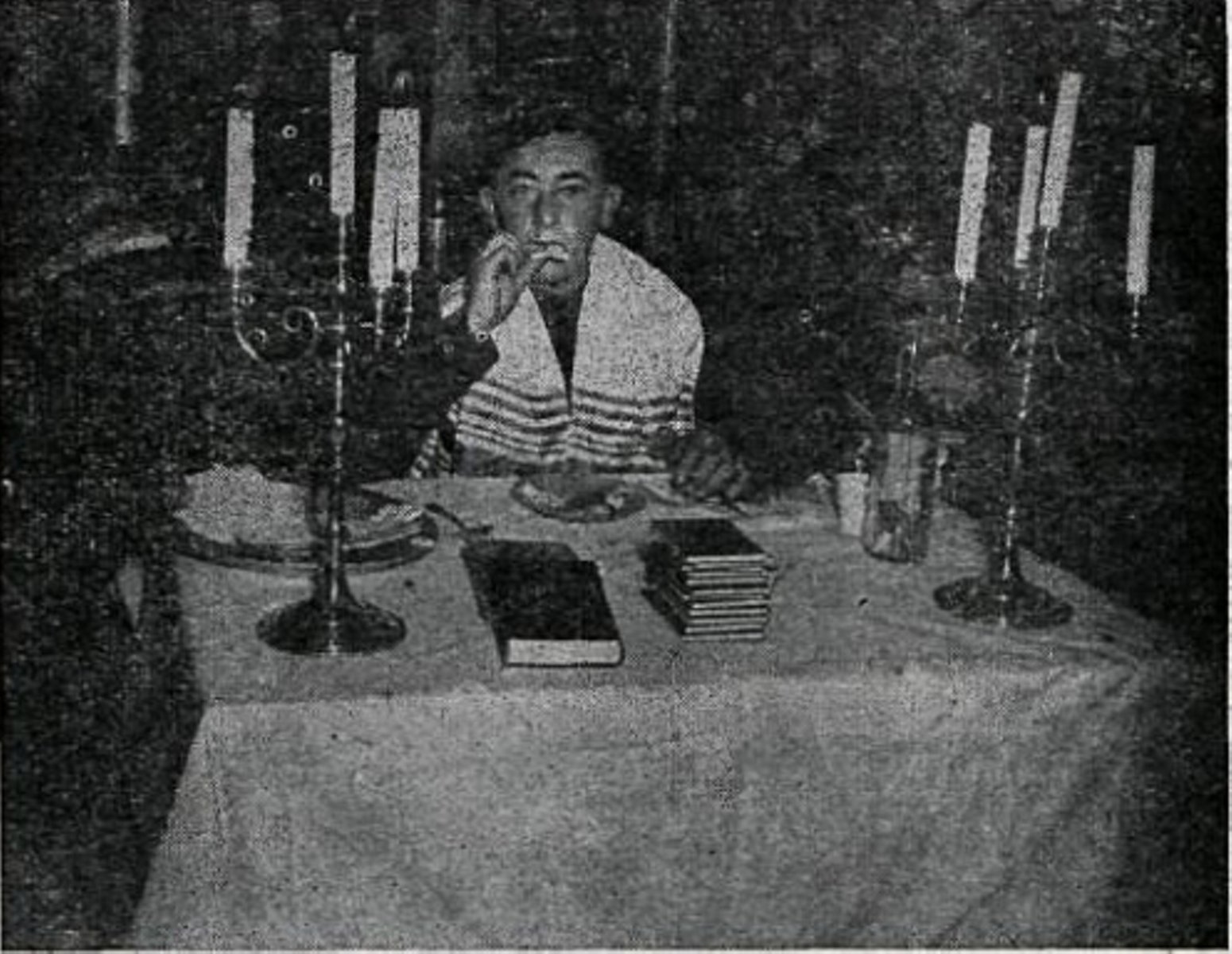
Cantor Benjamin Rubenfeld eating matzos (the Unleavened Bread) at a Pesach Seder in Reykjavík in 1942 (April 1, 1942). Most likely the Seder has taken place at the Hotel Borg in Reykjavík. Two hundred American servicemen attended that Seder in Reykjavík. (Photo from The White Falcon).
Rabbi William H. Rosenblatt officiates a Yom Kippur service in Iceland 1943. From left to right: Private first class Sidney Rosenfeld, Cpl. Bernard Rosenthal, Cpl. Ira Leston holding the Torah and Rabbi William H. Rosenblatt singing the Kol Nidre. (Photo from The White Falcon).
Vilhjálmur Örn Vilhjálmsson © The author of this article is Dr. Vilhjálmur Örn Vilhjálmsson. An Icelandic version of the article can be read here.


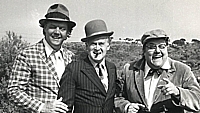

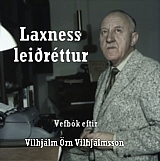
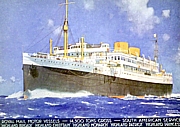
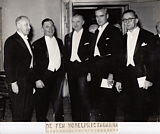




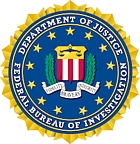
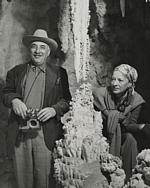
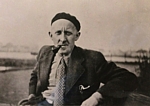
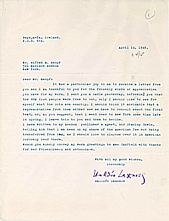
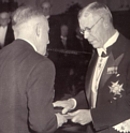
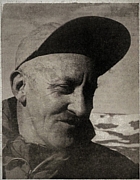
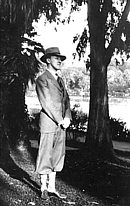


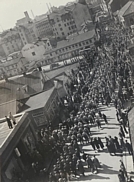
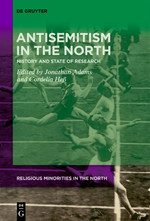

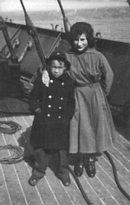

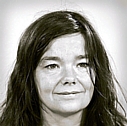
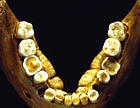
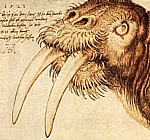

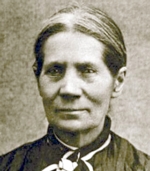


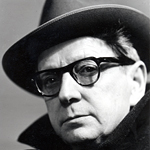
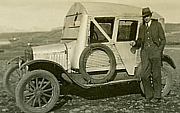


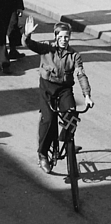
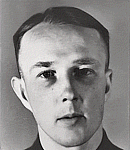


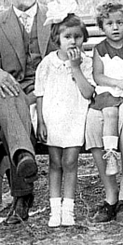
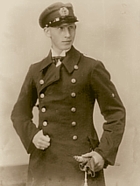

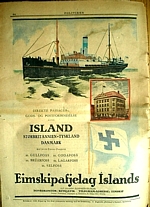

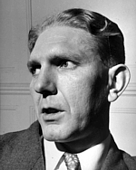


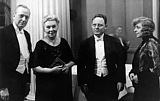

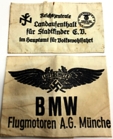
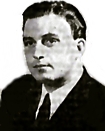
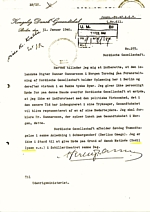
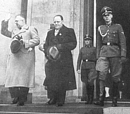

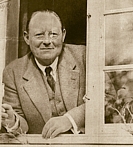
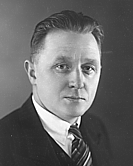
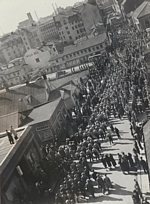

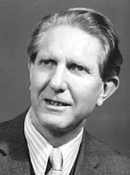

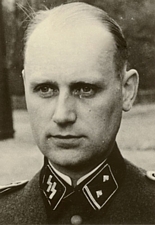
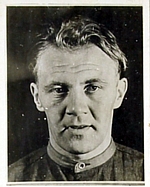
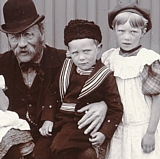

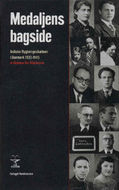

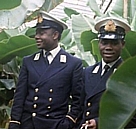
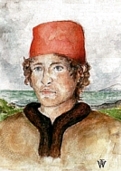
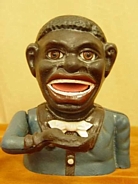
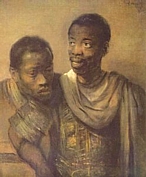
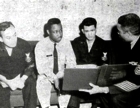
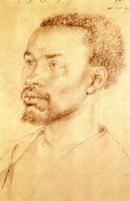

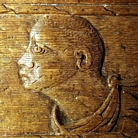
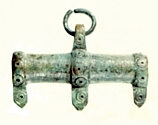

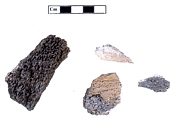

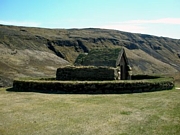
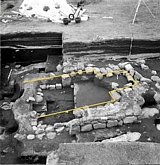
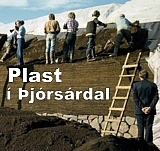
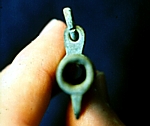
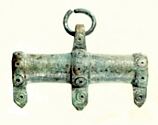
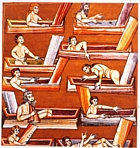
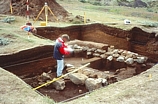
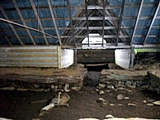


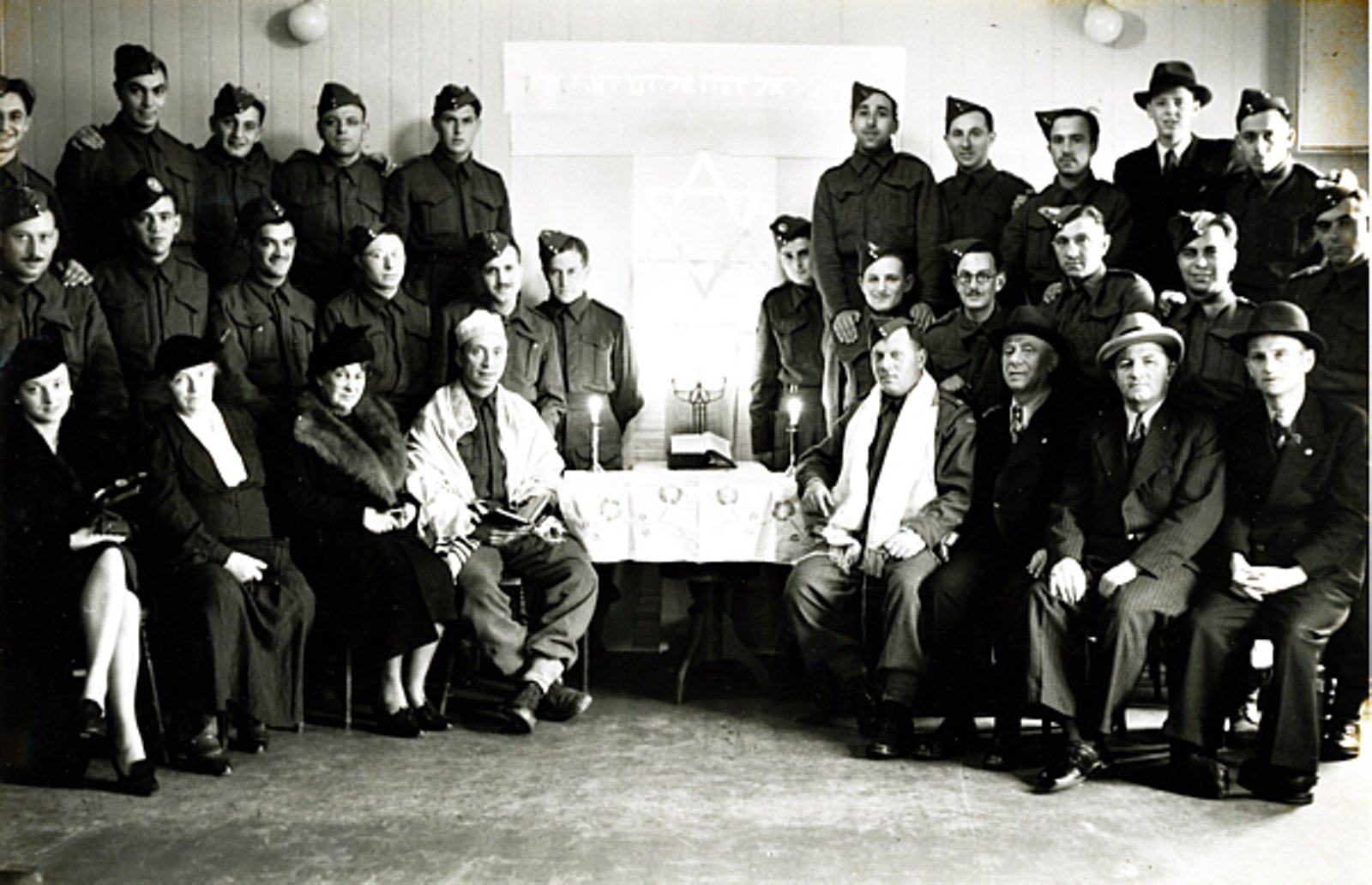


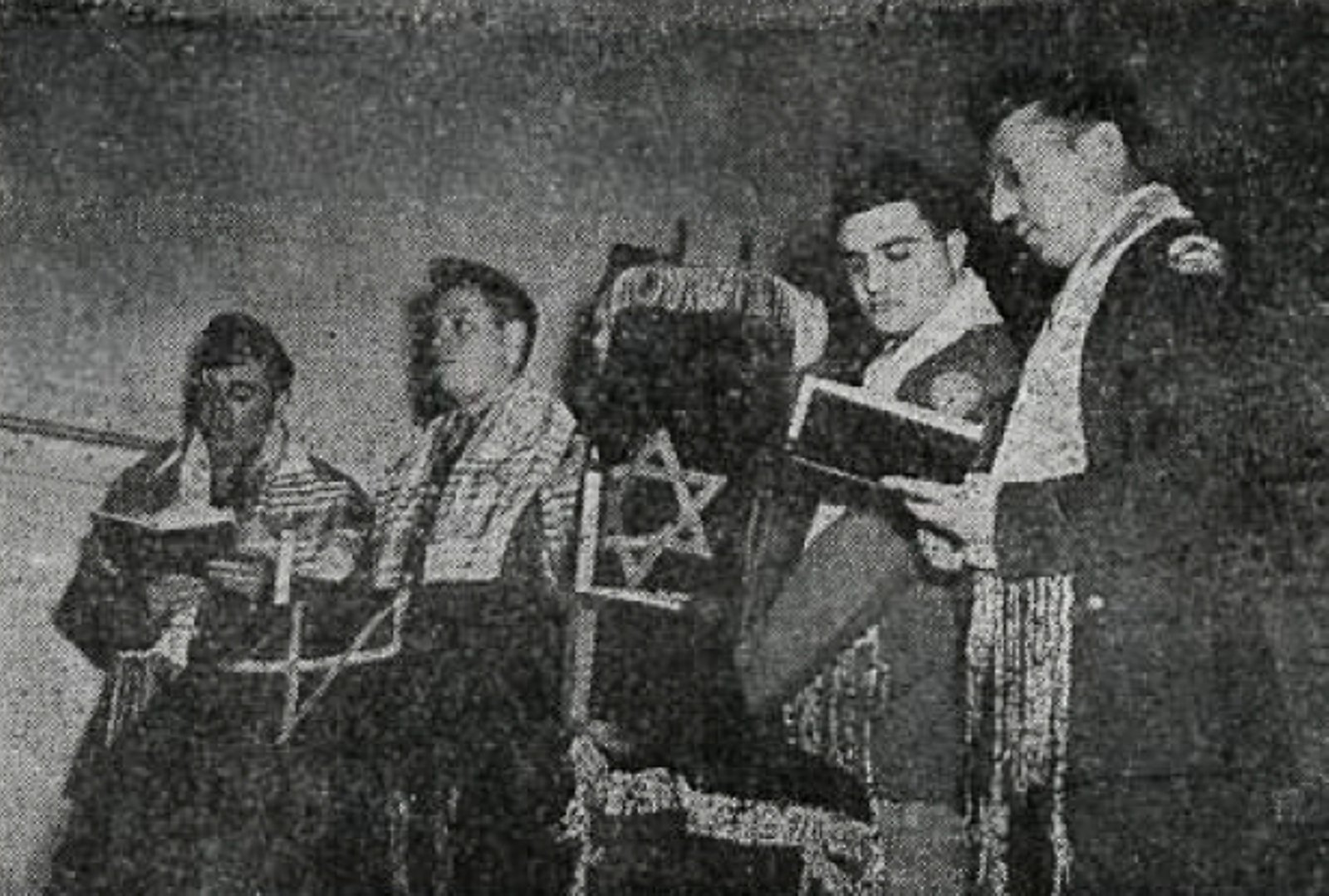
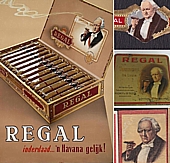
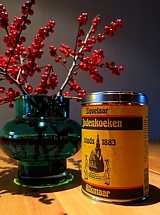

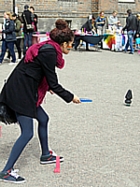

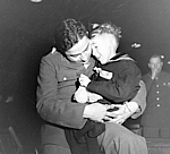

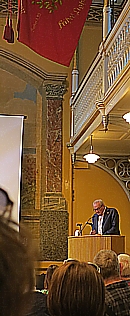
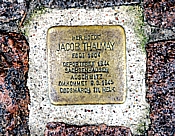

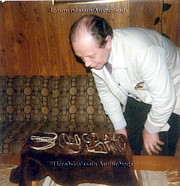
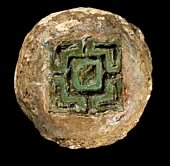
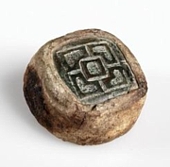

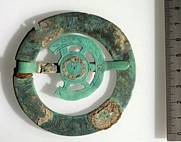
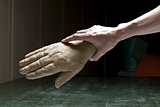

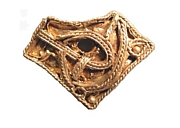
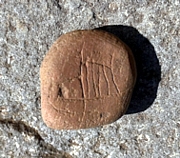




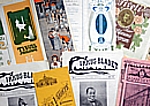

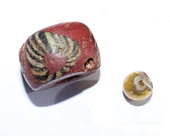
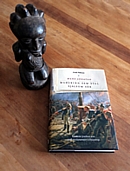
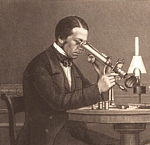

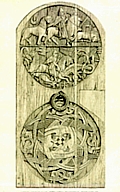

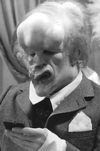
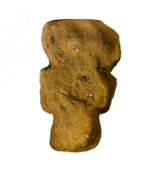
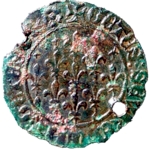
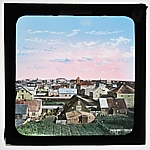

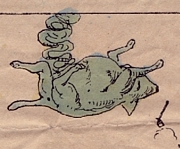
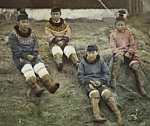
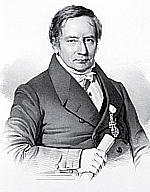
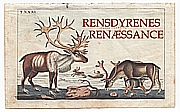
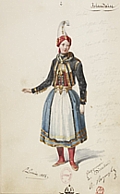
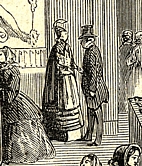


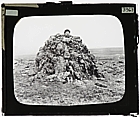

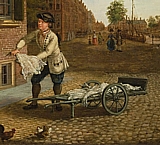
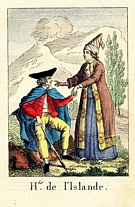


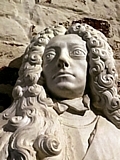
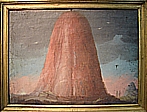
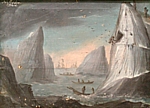


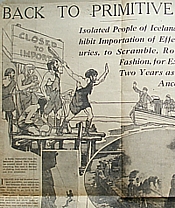
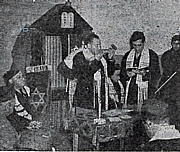
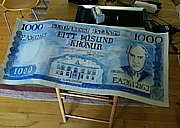
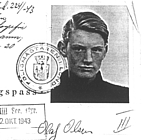

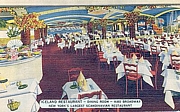
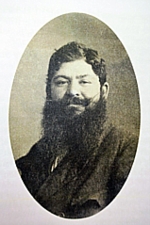
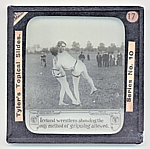

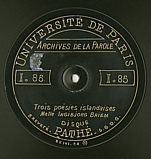

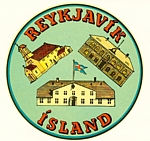


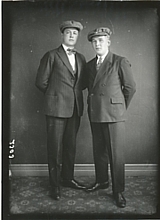
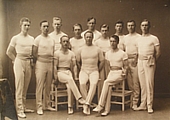
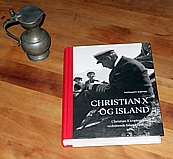



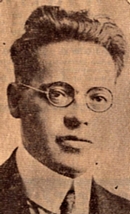

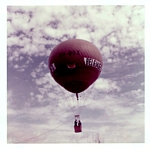

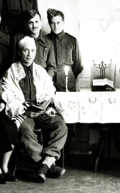
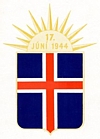

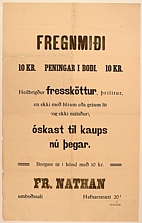
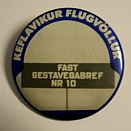
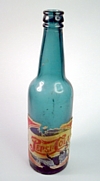
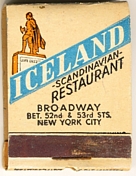
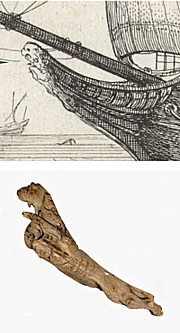

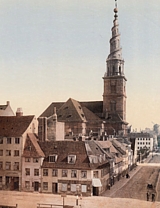


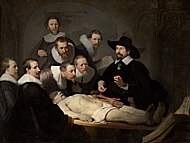
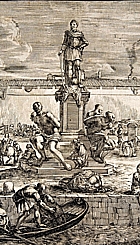


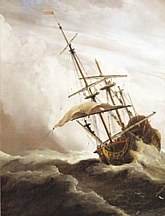

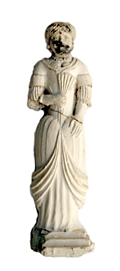
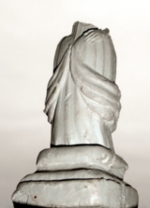


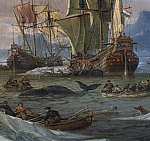
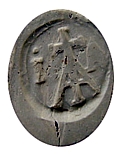



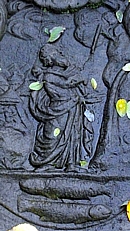


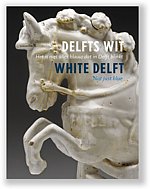
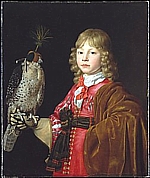

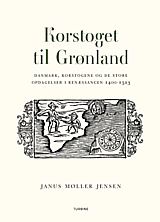
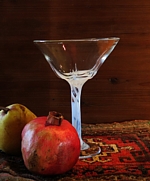
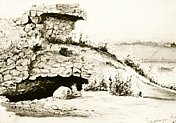
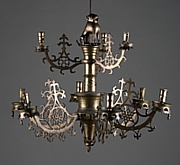
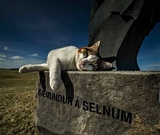
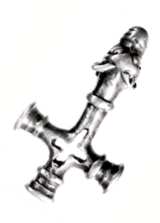
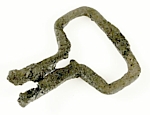
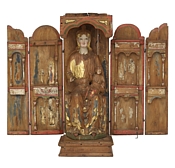
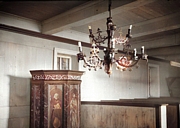
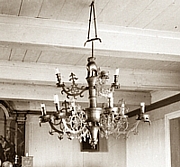
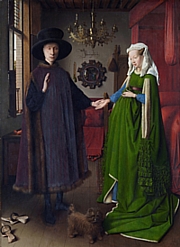
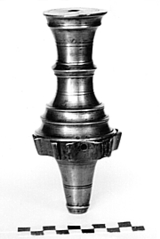
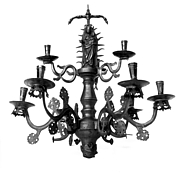
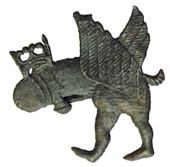


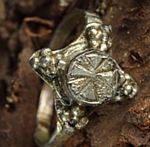


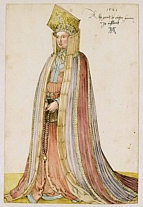
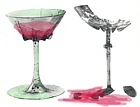

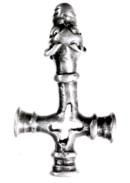
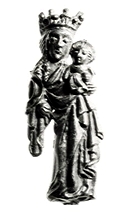
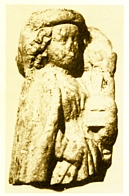

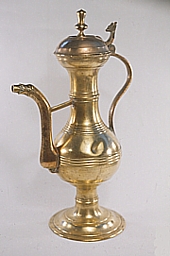
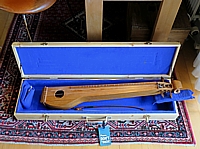
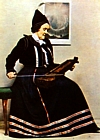


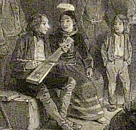
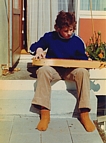
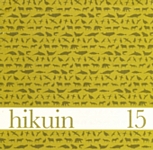
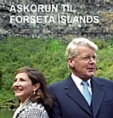
Bćta viđ athugasemd [Innskráning]
Ekki er lengur hćgt ađ skrifa athugasemdir viđ fćrsluna, ţar sem tímamörk á athugasemdir eru liđin.